IN A CLASS OF THEIR OWN
In the 1950s, there were still many families that saw no need for daughters to be educated. Or if girls did go to school, they were not expected to seek further education since their role in life was to get married and have children. In 1965, more than half of Singapore’s women were illiterate. Change began when, in the 1960s, Singapore started its industrialisation drive. A large and skilled workforce became critical. Womanpower was needed, and this meant women needed to be educated. Schools were rapidly built, teachers were trained and parents encouraged to send all their children to school. But for many years, the official signals about women’s role were mixed – they were needed at the workplace and also in the home.

1965
Since 1959, a total of 83 new schools have been built – roughly one school a month. There are plenty of places in schools and pretty much all children, girls and boys, are now getting an education.
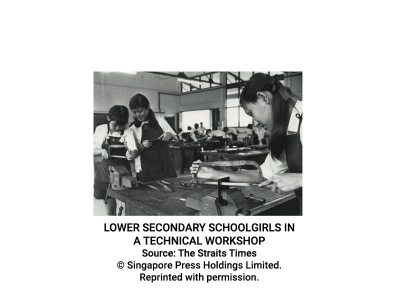
1968
An industrialising economy needs people with technical skills. So the Education Ministry starts a Technical Education Department. Starting in 1969, all lower secondary boys will have to attend technical classes. Girls will have to do domestic science, but can also take technical subjects.

1971
Science and Technology Minister Toh Chin Chye, speaking at the Tanjong Katong Girls School, says Singapore’s labour shortage means women are needed to fill the gap. He adds: “Educational opportunities for both boys and girls are equal. In reality, boys predominate in certain occupations like engineering. But this is due more to social and parental attitudes – not because girls lack the brains.”
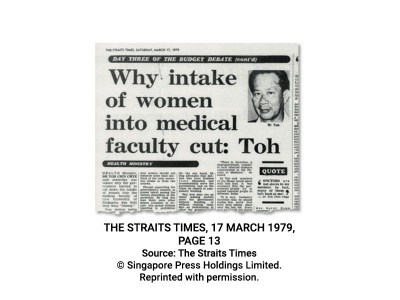
1979
The Health Ministry announces that the number of women admitted to the medical faculty will be limited to one-third of the total intake each year. Doctor training is costly, the ministry says. Women doctors, especially after marriage, cannot be given duties as easily as male doctors, so the investment in them is wasted.
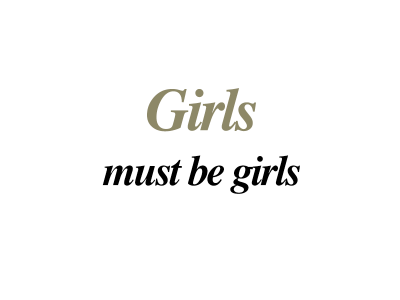
1984
Minister of State for Education Tay Eng Soon tells principals that girls should be able to cook, sew, look after babies and run the home. The ministry is thus making it compulsory for all girls in lower secondary school to do home economics. This would be more useful to them than technical studies.
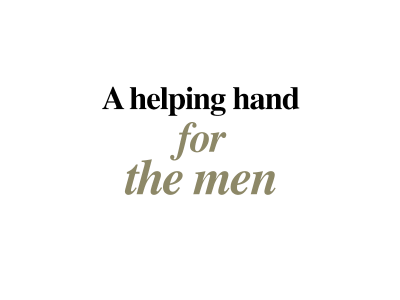
1984
Young men are having problems meeting the National University of Singapore’s second language entrance requirements, and the sex ratio has begun to swing towards women. So the university adjusts the criteria to make it easier for men to get in.
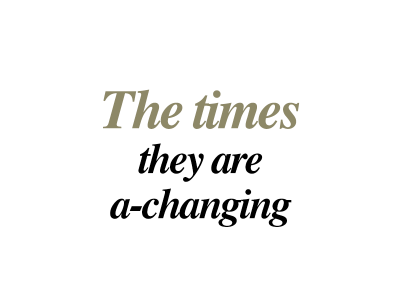
1991
The Education Ministry announces that, starting from 1994, all secondary students will have to do home economics, and also design and technology. It acknowledges that the changing socio-economic norms mean women and men have to play complementary roles in managing the home.

2002
After 23 years, the Health Ministry finally lifts the quota on the number of women entering medical school. The dropout rate of women doctors has fallen, the ministry explains, and we need more doctors.

2019
At all levels of education, there is pretty good gender balance, as has been the case for some time. At the universities, there are as many women as men, and the numbers are almost even in the schools and polytechnics.But across the disciplines there are still gaps. Women account for only between 25% and 35% of the intake for engineering and computing degrees, while they make up two-thirds or more of the intakes for the humanities and social sciences, and education.


If you want equality of treatment with boys, you too must prepare yourselves for the change- over to technical and vocational education. For obvious reasons we cannot let all the boys go to the technical institutions and leave all the girls in the academic schools. In other words, you girls have to work as hard as the boys, and become not just good housewives but economic assets as well.

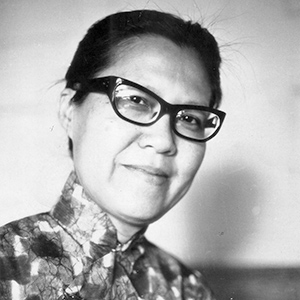
Ruth Wong Hie King
Pioneering educator who transformed teacher training in Singapore
Ruth Wong was the first woman principal of the Teachers’ Training College and the founding director in 1973 of the Institute of Education (now known as the National Institute of Education). Ruth introduced a multi-disciplinary approach to teacher training, with an emphasis on collaborative learning and the use of objective and research-based assignments to replace examinations. The curriculum for teacher education she developed aimed to build the teacher’s professional competence as well as the student’s personal growth. She transformed teacher training and helped to raise the status of teachers both academically and professionally.
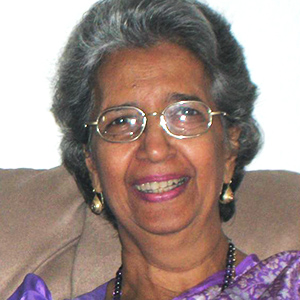
Leaena Tambyah
Pioneering social worker and advocate for special needs children
Leaena Tambyah devoted a large part of her life to helping others, especially youngsters with special needs. In 1979, she started a playgroup for children with multiple disabilities who no school would accept. The Handicapped Children’s Playgroup was awarded the United Nations Community Excellence Award in 1986. The playgroup, which Leaena chaired from 1979 to 1985, has developed into the AWWA School, which teaches such children life skills. Leaena also founded in 1991 AWWA’s programme to support the integration of children with disabilities in mainstream schools.
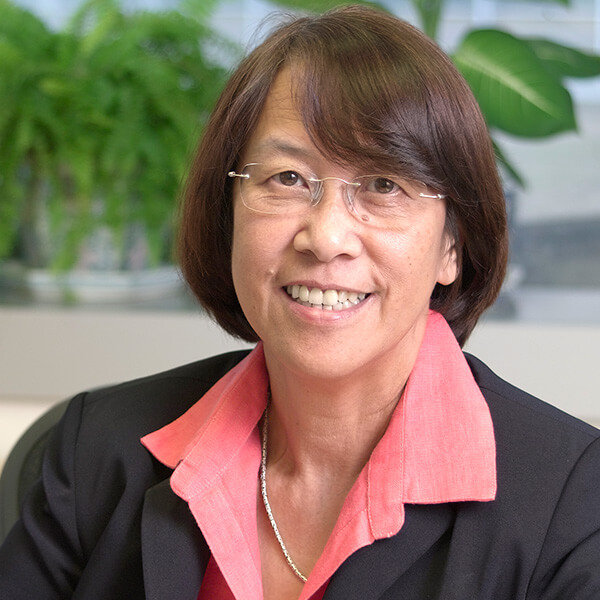
Miranda Yap
Pioneer of biomedical sciences in Singapore
Miranda Yap played a pivotal role in the development of biomedical sciences in Singapore. As the head of the Bioprocessing Technology Institute and the A*STAR Graduate Academy, she guided the development of specialised scientific institutions and built a highly skilled research and development talent pool. Also a professor in the Chemical and Biomolecular Engineering Faculty at NUS, Miranda was passionate about nurturing scientific talent. She started many initiatives to cultivate students’ interest in science and to get young Singaporeans to pursue careers in science and technology.
